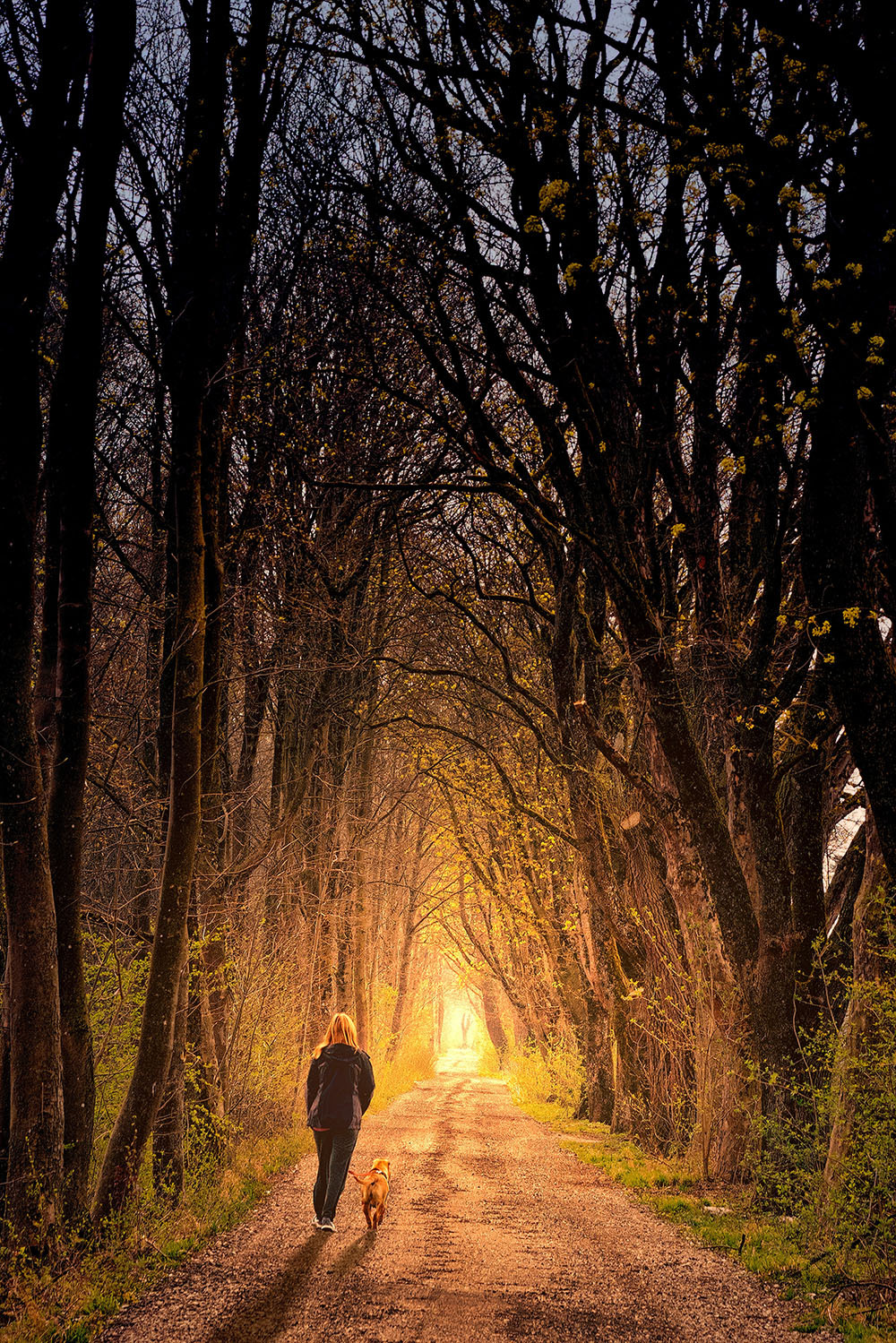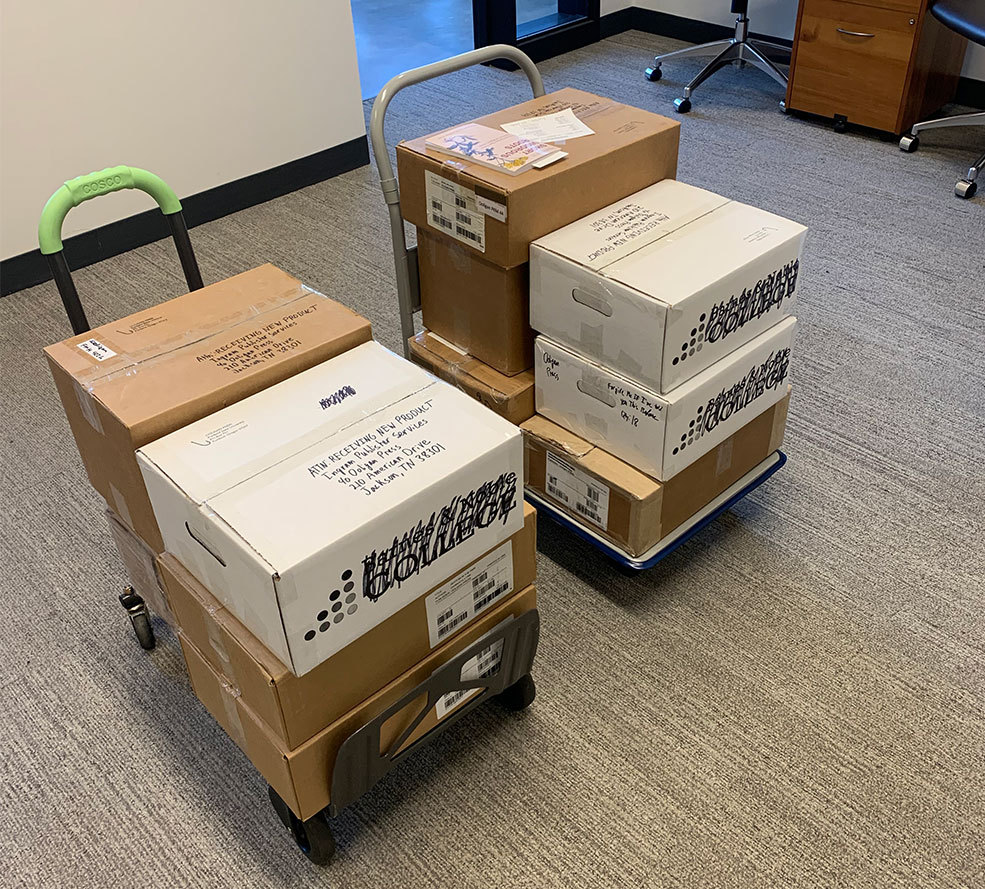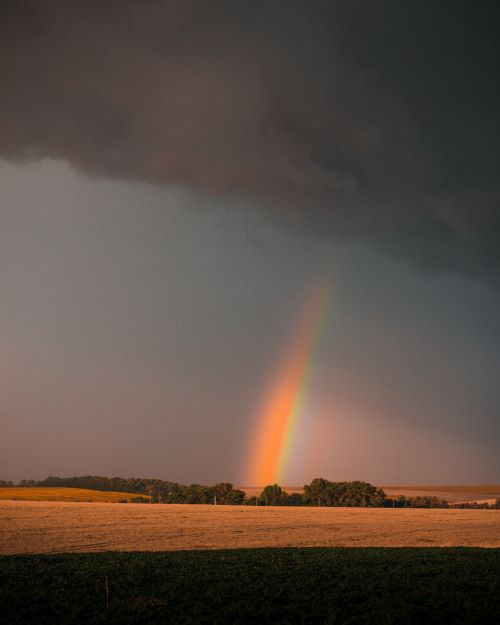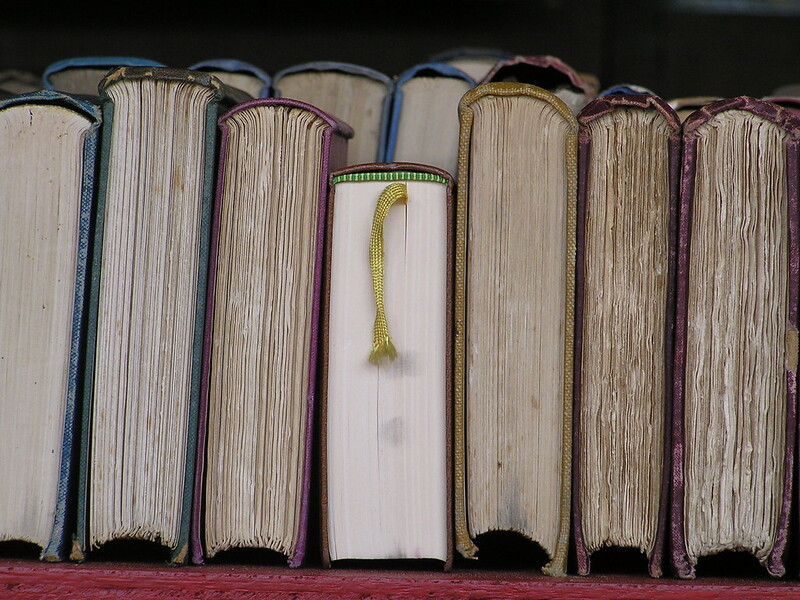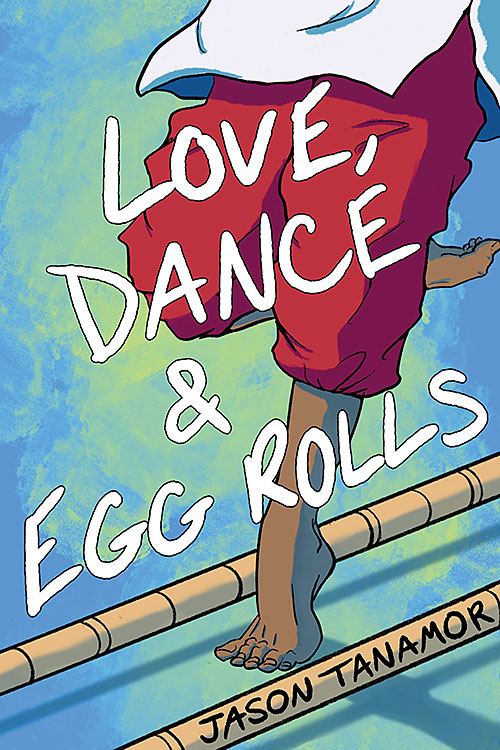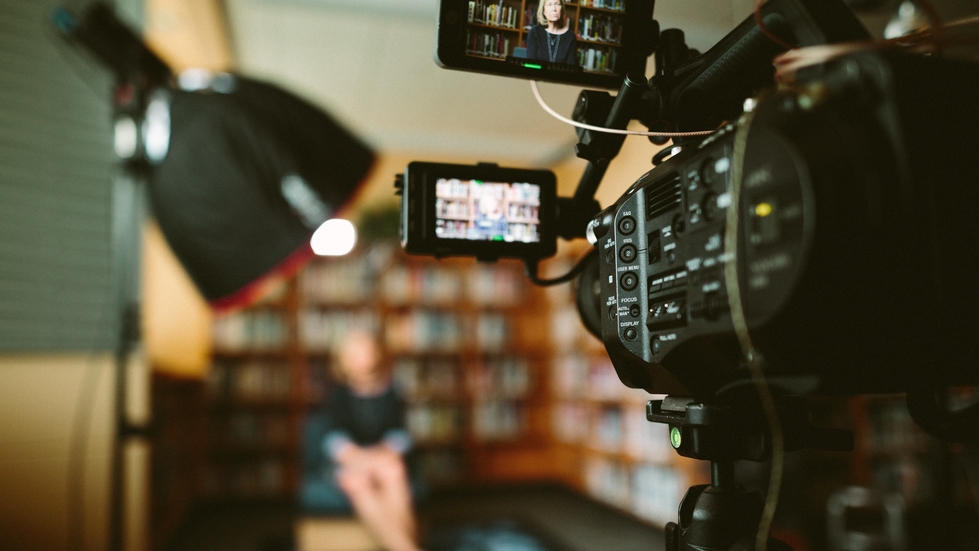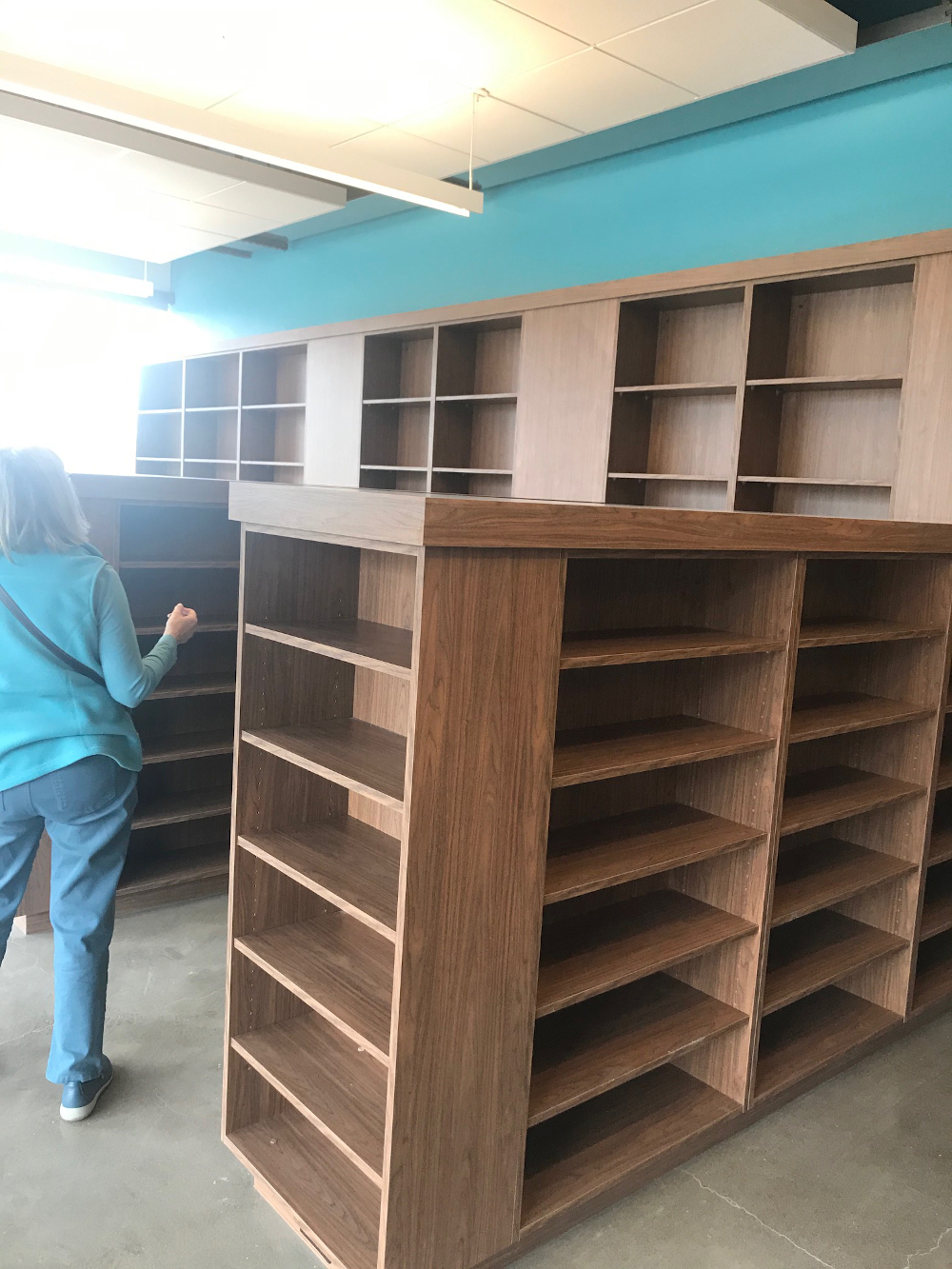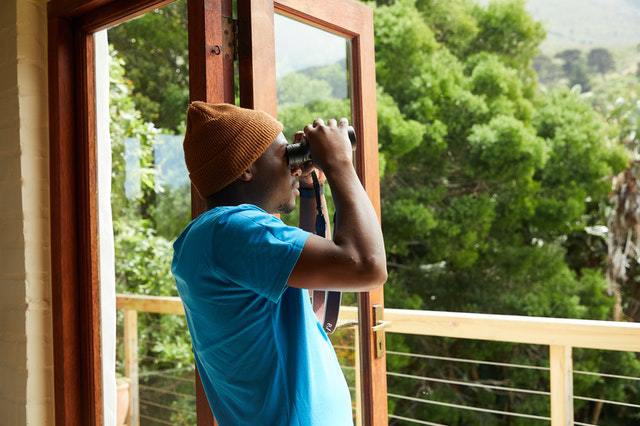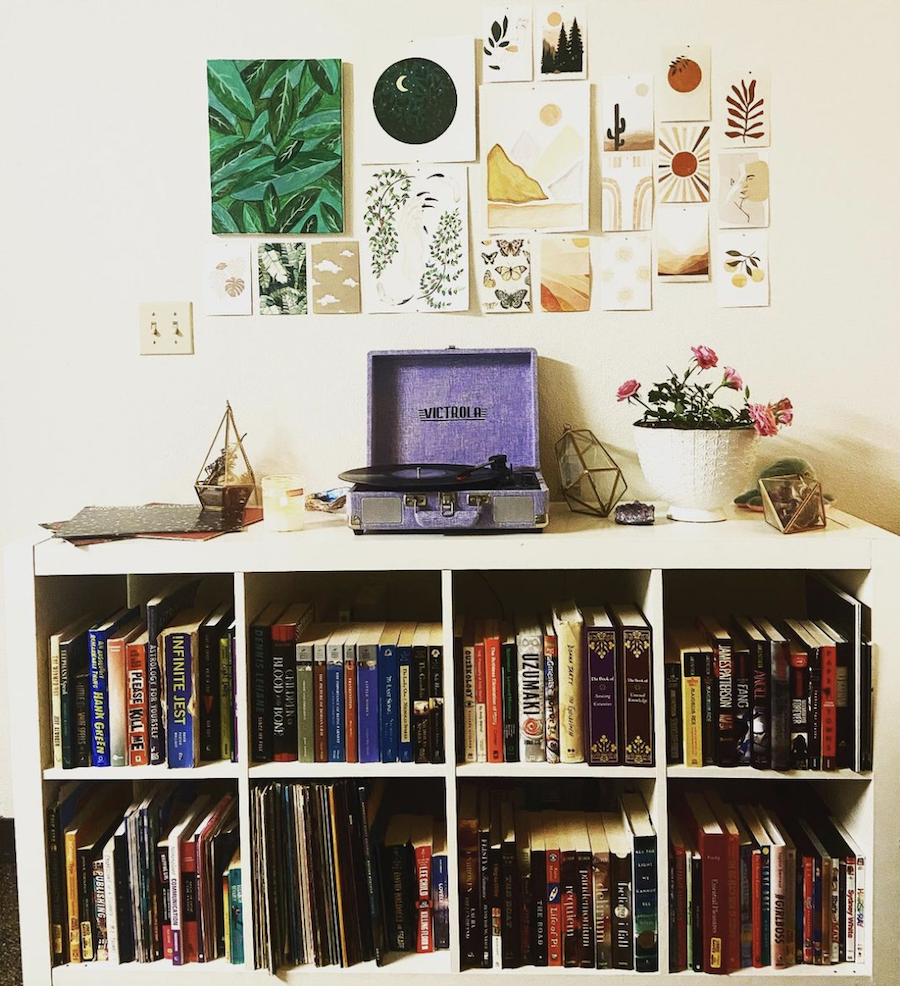Location, Location, Location: How to Enhance Your Audiobook Experience
One of the best parts of books is getting lost in the world that the author describes. Going places that look, smell, sound, or just make you think of the book you’re listening to can enhance that feeling. Take your audiobook to the next level by using your listening location to enhance your listening experience.

